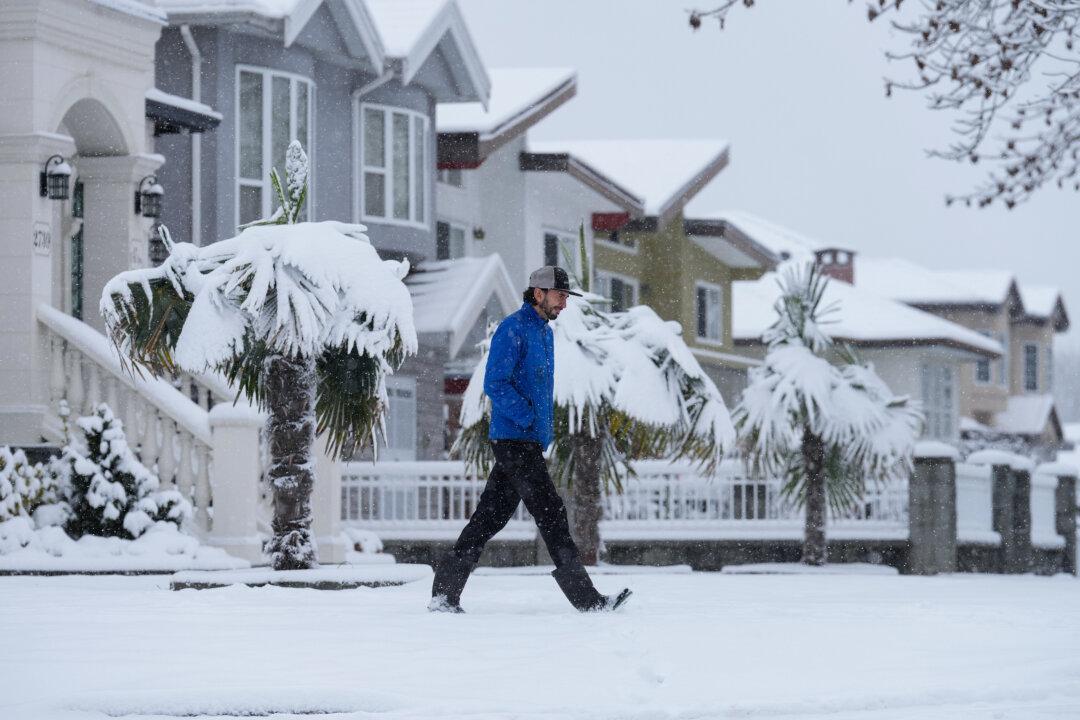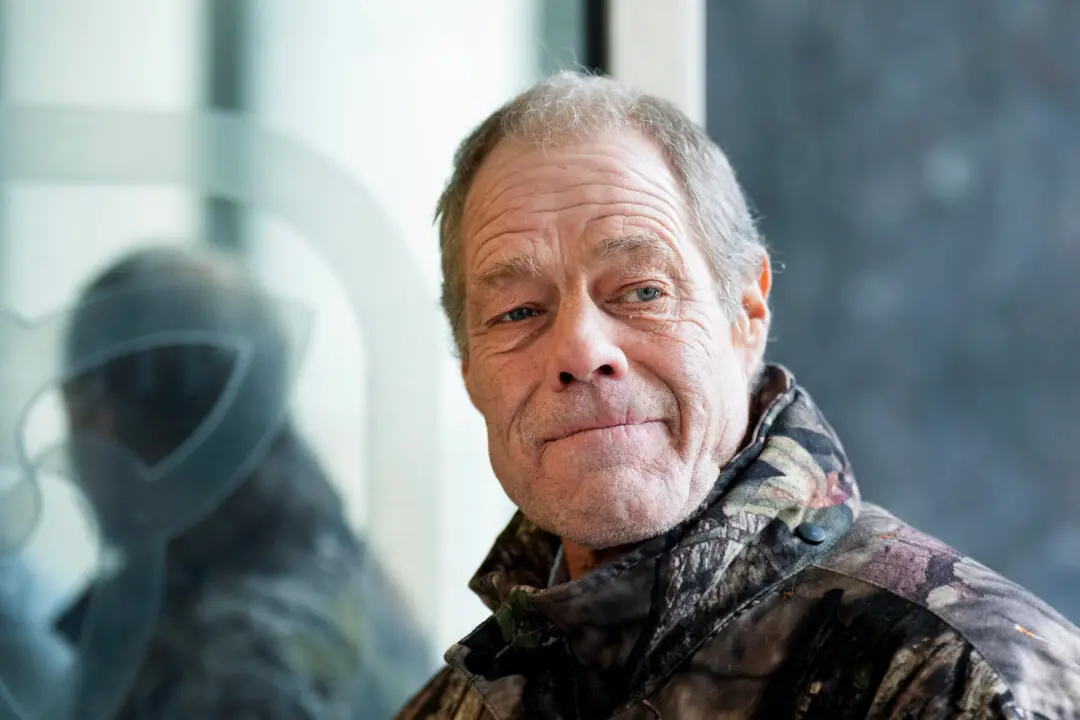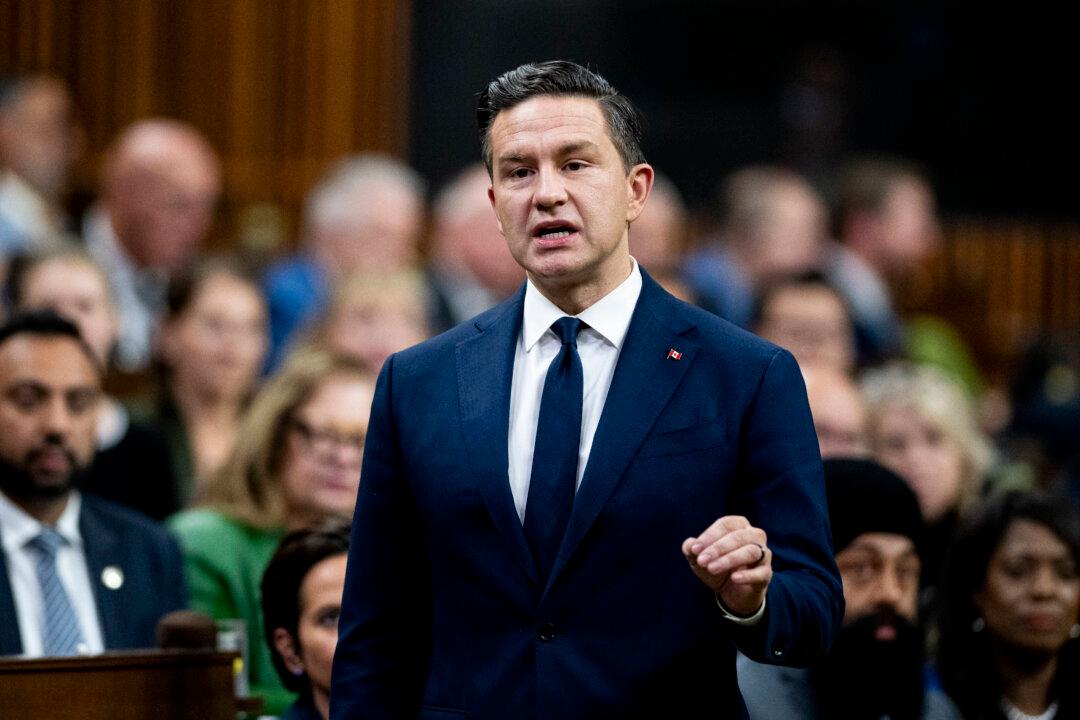As many as one in five Canadian households face “energy poverty” due to high energy costs, according to research from McGill University.
More Canadians “potentially suffer” from energy poverty than from food insecurity, with 6 to 19 percent of Canadian households affected, research from McGill University’s geography department has found.





